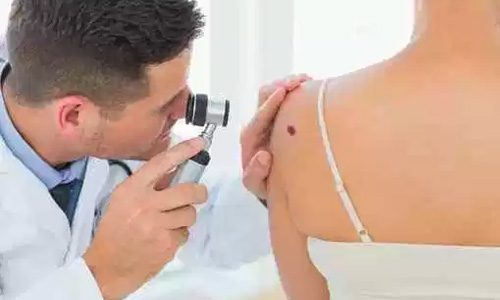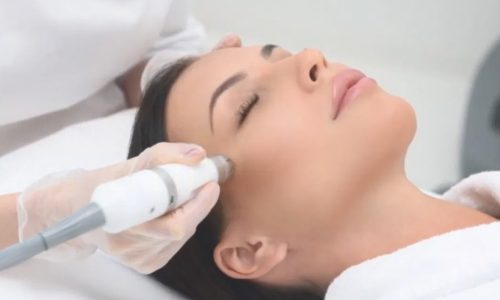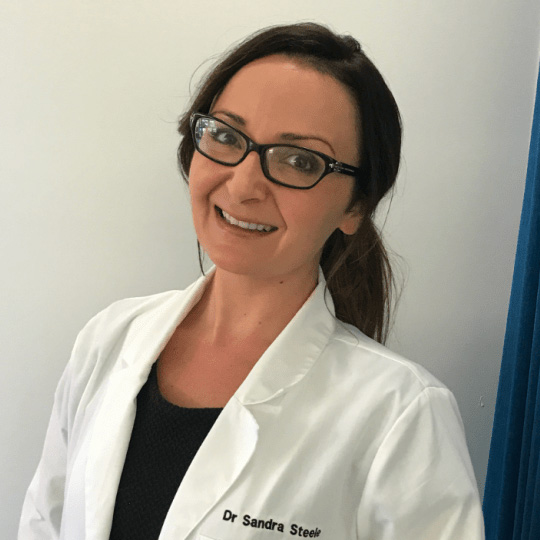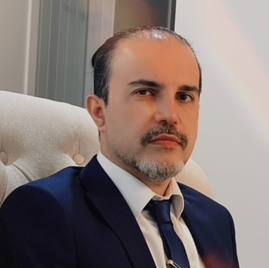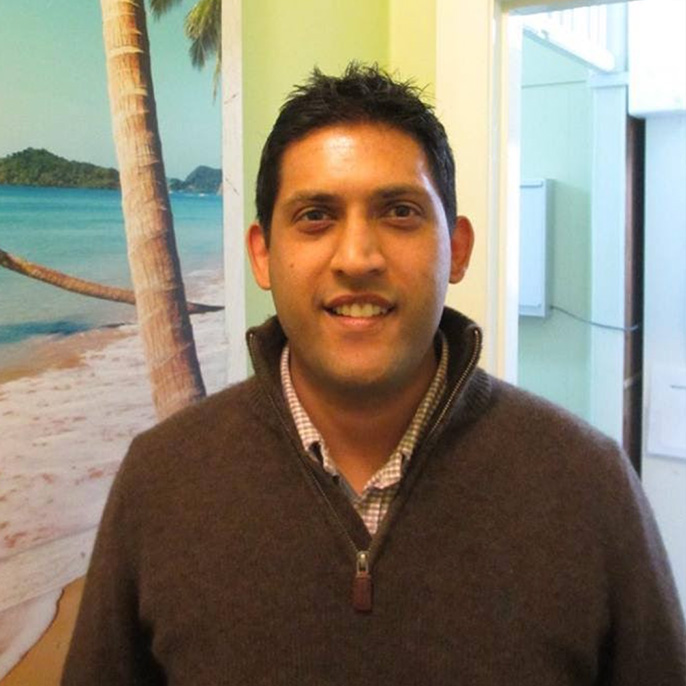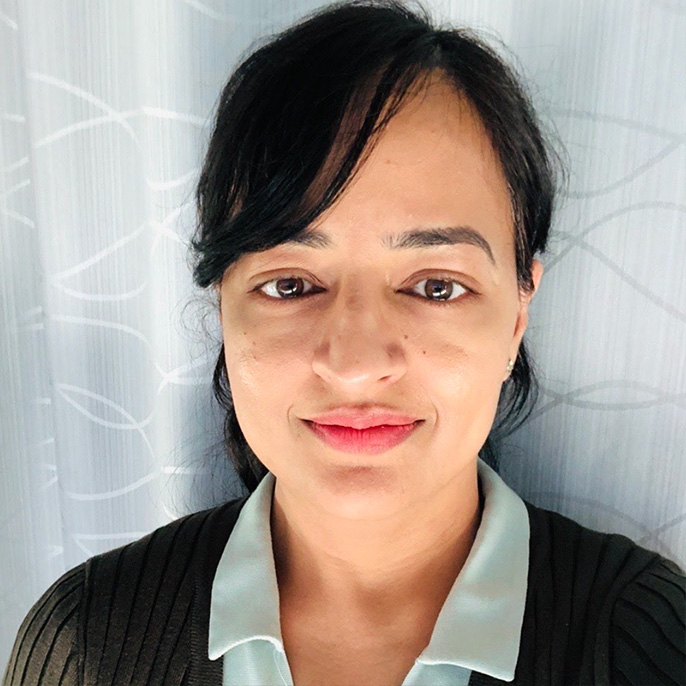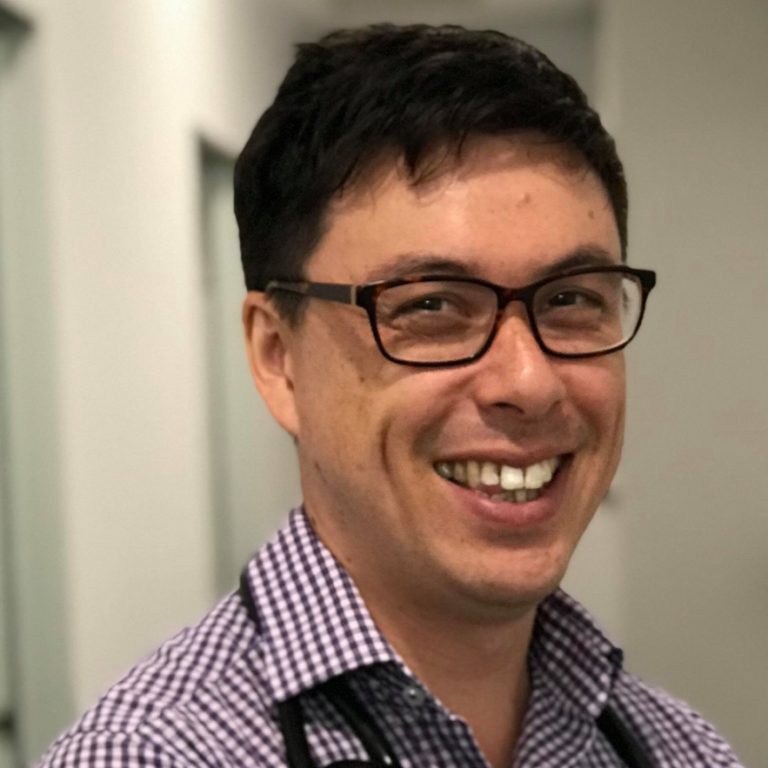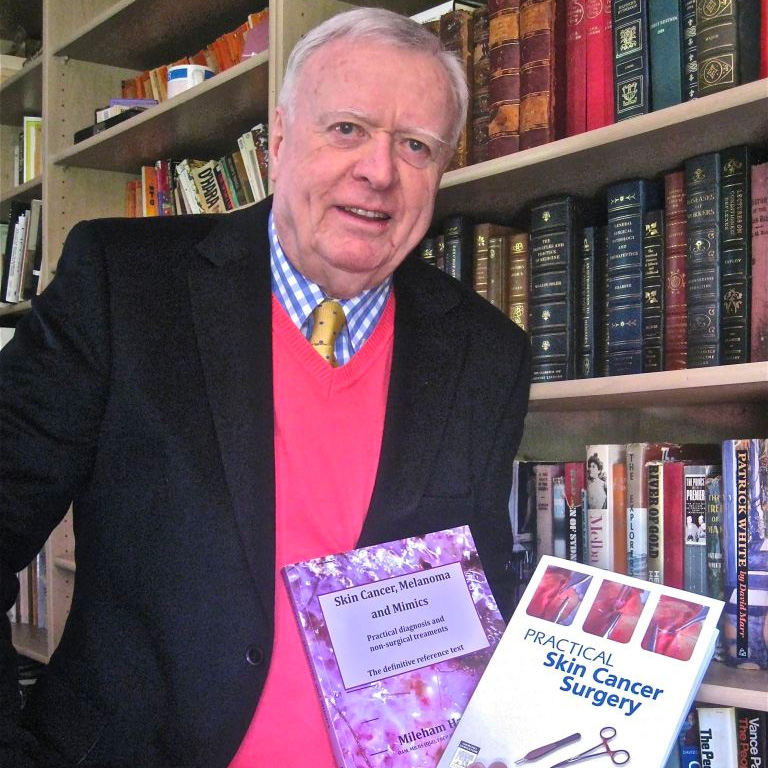Have you had your skin checked recently?
Welcome to MoleChex Skin Cancer and Melanoma Clinic
Our expert team of skin and health professionals in Brisbane are highly qualified in the detection and treatment of skin cancers and melanomas.
MoleChex Skin Cancer and Melanoma Clinic provides a unique service offering you the total package from Skin Cancer detection, diagnosis, treatment, advanced Specialist Reconstructive Surgery and annual reviews to the latest in Anti-Aging treatments.
By providing the most advanced technology and training, sole dedication to the diagnosis and treatment of skin cancers and melanoma, allows MoleChex to provide you the highest standards. All of our Doctors have undertaken advanced training in the field of Skin Cancer. Don’t take a chance!
We can offer a unique range of services that makes our clinic one of the most advanced there is including:
- No referral needed.
- High Definition Dermoscopy
- Dedicated Assistants who are there to help your examination and with any procedures and operations
- Dedicated Operating Theatres and Treatment Rooms. No ‘hospital’ infections
- Fastidious standards and attention to hygiene
- Advanced cosmetic surgical techniques
- Mohs total clearance pathology reports for dangerous areas
- All patients get before and after pathology reports for operations
- Cosmetic mole removal – no stitches
- Recall notices are programmed according to your need.
- Sun-creams and the best skin-care products
- Free Parking
No referral needed
Open Saturdays, early morning and late evenings

General Practice Appointments Available in Caboolture
Meet Our Team
Latest News
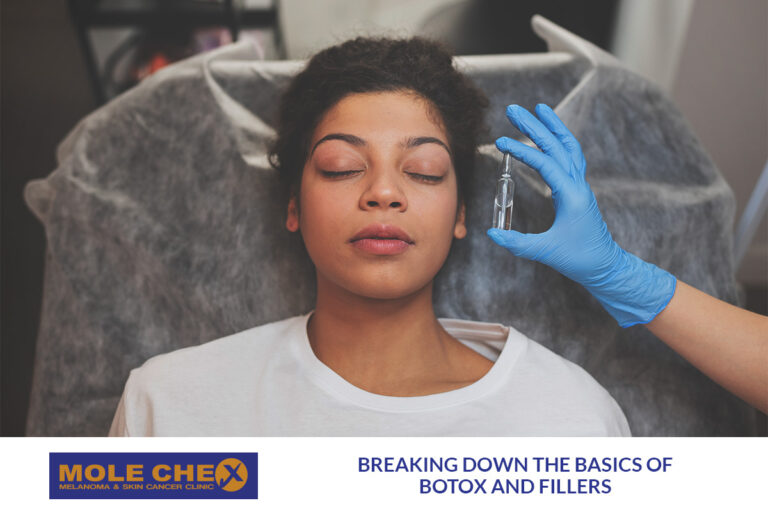
Breaking Down the Basics of Botox and Fillers
Whether you’re considering taking the plunge or simply want to learn more, our guide offers the essential insights to navigate your options confidently. Dive in to uncover the potential of Botox and fillers to re-define your beauty journey. 💫

From Consultation to Recovery: What to Expect During Cosmetic Surgery
Considering cosmetic surgery but feeling overwhelmed by the unknown? Our latest article, ‘From Consul-tation to Recovery: What to Expect During Cosmetic Surgery,’ demystifies the entire process for you. From your very first consultation to navigating the recovery period, we’ve got you covered with insightful guidance and expert advice.
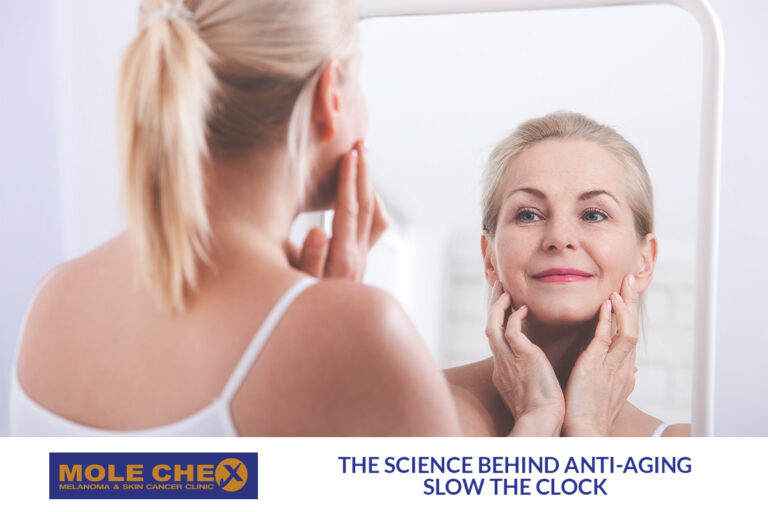
The Science Behind Anti-Aging: How Modern Treatments Slow the Clock
Embarking on a cosmetic treatment journey is an exciting step towards achieving your aesthetic dreams! But where do you start?
Dive in to make informed decisions and ensure your journey is as smooth and successful as possible. Click the link to uncover essential tips and insights.

